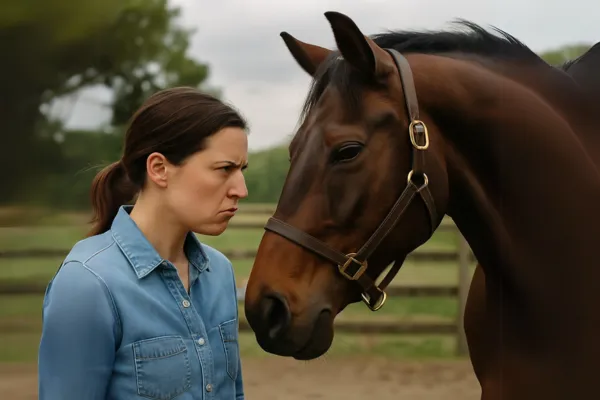Sport Hypnotherapy Blogs
Learn more about Hypnosis & Mindset Coaching and how they can be applied to your life!

What Are Unconscious Payoffs. And Why Do Animals (and Humans) Do "Unhelpful" Things to Protect Themselves?
What Are Unconscious Payoffs? And Why Do Animals (and Humans) Do "Unhelpful" Things to Protect Themselves?
Have you ever noticed how we sometimes do things that don’t quite make sense?
Maybe you’ve put off making a phone call because deep down you dreaded the conversation.
Or perhaps as a child you suddenly felt ill before a test or a stressful event — and got to stay home, safe from the thing you feared.
On the surface, these actions seem like avoidance or self-sabotage.
But underneath, something deeper is happening.
Our subconscious minds are protecting us from discomfort, fear, or emotional pain.
This is known as an unconscious payoff or secondary benefit.
In simple terms, it means:
"If I do this thing (even if it’s not ideal), I get to avoid that thing (which feels worse)."
And here’s where it gets even more interesting — our animals do the very same thing.
Animals Are Masters of Unconscious Protection
When an animal behaves in a way that confuses us — shutting down, refusing, avoiding, or even becoming aggressive — it’s easy to label it as “bad behaviour.”
But what if, like us, they are simply trying to protect themselves?
Let’s take a few common examples:
A horse who refuses jumps or resists being saddled may not be “naughty.”
They may be unconsciously trying to avoid discomfort, pain, or fear from past experiences.A dog who growls when someone reaches for their food may not be “aggressive.”
They may have learned that guarding resources keeps them safe and in control.A cat who hides when visitors arrive may not be “antisocial.”
They may be instinctively withdrawing to self-soothe and prevent overwhelm.
In all these cases, the behaviour is a solution, not a problem — at least in the animal’s world.
The Key to Change Is Understanding the Payoff
Just like us, animals hold onto patterns that work for them on some level.
Even when these patterns cause problems, they feel safer sticking with what they know.
Change happens not by forcing the behaviour to stop, but by uncovering the unconscious payoff and offering something better.
Here’s how that process looks:
Observe the behaviour carefully
What are they doing, and when does it happen?Consider the possible payoff
What is the behaviour allowing them to avoid or control?Validate the need
Respect that the behaviour has a purpose — they are not just being difficult.Create safer, healthier alternatives
Support them in meeting their need without the old behaviour.
For example, instead of forcing a fearful horse to comply, we might work slowly to rebuild confidence and positive associations with the saddle or arena.
For a resource-guarding dog, we might teach them that they can trust people near their food without losing it.
Seeing the Mirror: When Their Patterns Reflect Ours
Perhaps the most profound part of working with animals in this way is how it reflects back on us.
Where do we unconsciously avoid challenges?
Where do we hold onto protective patterns?
Where do we seek comfort instead of growth?
Recognising that animals — like us — are navigating their world through instinct, learning, and unconscious protection helps us become more compassionate, patient, and connected.
In the end, their journey of releasing old patterns can inspire us to do the same.
Behaviour isn’t always what it seems.
When we look beneath the surface, we find wisdom, survival, and a desire for safety in both human and animal responses.
And that’s where true healing and connection begin.
Get in touch with us
Before you enquire, please have a good look through our site. We do our best to answer all questions upfront.
For new clients, be sure to watch our Getting Started Presentation which goes over the details of how our clinic runs.
For existing clients, click the Existing Client button to rebook another appointment.
For all other enquiries use the form below and we will get back to you as soon as possible.
0483 955 389
PO Box 56, Tyabb VIC 3913
Mon - Fri 10.00-4.00
Learn More

Disclaimer: Hypnotherapy and coaching services offered on this site are intended for general wellbeing and personal development. They are not a substitute for medical or psychological diagnosis or treatment. Results may vary from person to person.
Follow Us
Follow Us
© Copyright 2025. SPORT HYPNOTHERAPY, All rights reserved.

